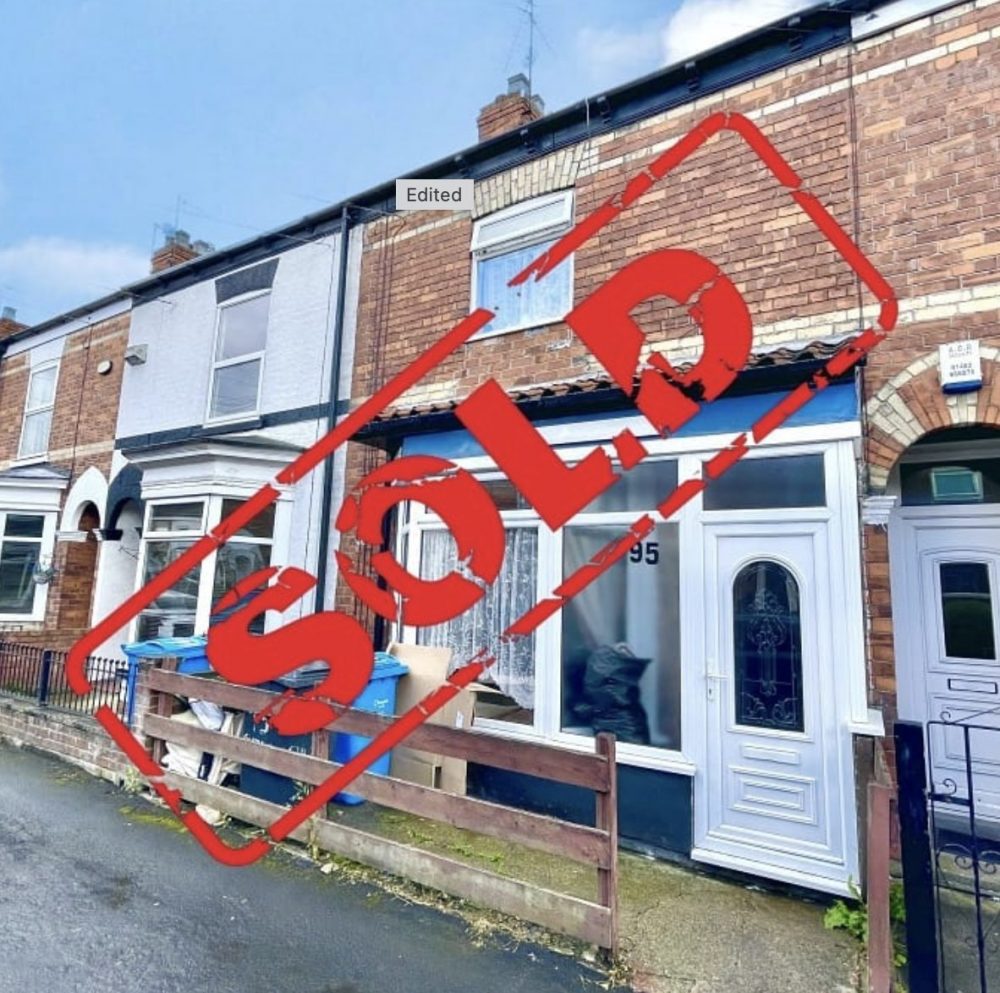Selling your house can be stressful business.
Broken property chains. No real control over the process. Tracking down solicitors. The actual move.
‘What should I declare when selling my house?’ is therefore probably not high up on a seller’s list of concerns.
Here’s why it should be.
When it comes to selling your home, leave no stone unturned
It can be extremely tempting not to disclose certain issues when selling a property.
At the end of the day, why would you want to put off any potential buyers by listing all the faults with your home?
However, if you don’t, it could end up causing you a lot more hassle down the line.
Sellers have an obligation to inform a buyer of any problems they may not be aware of.
This will be done through a Property Information Form, commonly known as a TA6. Here, detailed information will be provided to the prospective buyer so they have the opportunity to assess their options i.e. go through with the purchase, request work be carried out to fix a problem area, change their offer.
As this document is legally binding, failure to disclose any known issues or an attempt to deliberately conceal a problem, could result in a buyer taking you to court.
Always try to offer up the fullest picture possible. A buyer will often feel more at ease if the information you give them is detailed, and any issues with the house are given context.
6 common issues that must be declared when selling your home
Planning permission applications
This should include pending, approved and declined applications. Proposals for nearby developments also need to be declared, along with any alterations or building work carried out on the property.
Any defects that are not immediately visible or could otherwise cause harm to the buyer
Even if a potential buyer has been to look around your property a number of times, there may be certain defects hidden from sight that they need notifying about. Examples include asbestos, dry rot, high carbon monoxide levels, and damp.
Ongoing problems with neighbours
Boundary disputes and noise levels are common issues that must be declared. The same goes for if you know of any neighbours who have been issued with an anti-social behaviour order by the police. An area’s crime rate and any known neighbourhood burglaries should also be disclosed.
Location of the house
Is the property under a flight path, close to a motorway or next to a power station? Don’t just assume a buyer knows, make sure you mention it when filling out the form. You also need to state whether there are any public rights of way passing through the grounds.
Pests or problem weeds that are associated with the house
This could include rats, bats or Japanese knotweed. When declaring this information you need to do so honestly and to the best of your knowledge. It will not take a new homeowner long to discover bothersome knotweed or a pest infestation.
Building insurance details
Whether or not building insurance has ever been refused, and for what reason. Details of any claims made should also be disclosed.
Contact our team for more insights
For a lot of sellers, Property Information Forms are a headache they could do without.
Hull Cash Buyers not only allow you to sell your home quickly, we remove all the stress associated with admin chores like the TA6.
A member of our highly experienced team will be with you every step of the way to deal with any issues, keeping stress levels to a minimum.
If you need a little more advice before taking the next step, contact us today and we’ll happily answer any questions you have about the selling process.
Frequently Asked Questions
Is it illegal for me not to disclose issues when selling a home?
Yes – a seller must disclose any issues that might influence a prospective buyer’s decision, or negatively affect the value of the house. The Property Information Form (TA6), where sellers disclose these issues, is part of the pre-contract documents, and therefore legally binding. This means that any false information given on the form could lead to legal action being taken by the buyer in the future.
How long does it take to complete a Property Information Form (TA6)?
The Property Information Form, commonly referred to as a TA6, is a comprehensive document that will provide a potential buyer with information about the property you are selling. You should receive a TA6 from your solicitor at the start of the conveyancing process. Some of the questions are relatively straightforward, whereas others will require a substantial amount of detail. Be as honest and as upfront as possible when answering. The TA6 is around 16 pages long.
What happens if I don’t know the answer to a question on the Property Information Form (TA6)?
If you genuinely don’t know the answer to a question on the form, then write just that. Honesty is always the best policy when it comes to the TA6. If you are unsure about the wording of a question, ask your solicitor for advice. If you remember the answer to a question after you have filled the form in and handed it back, contact your solicitor as soon as possible so they can update it.

